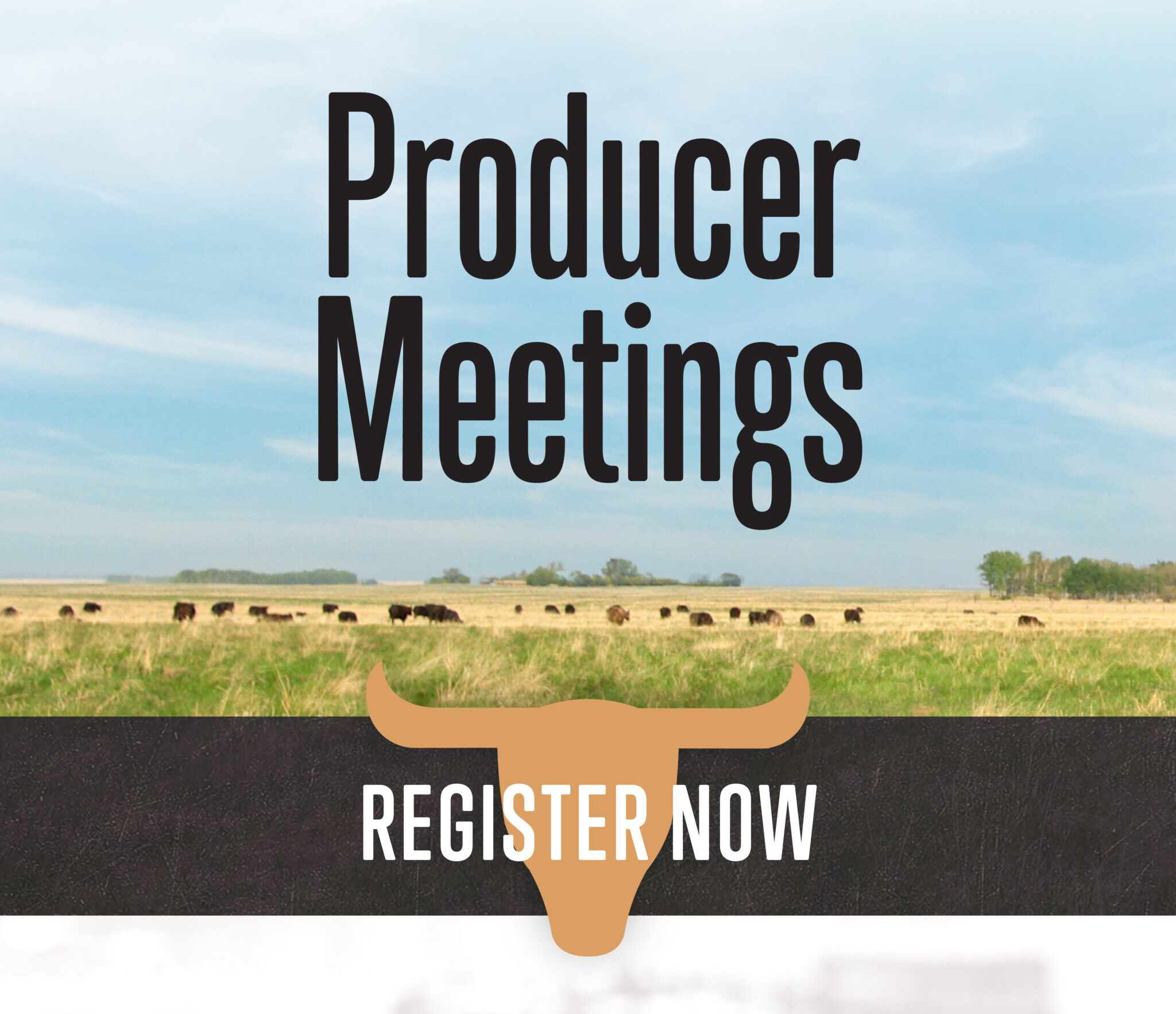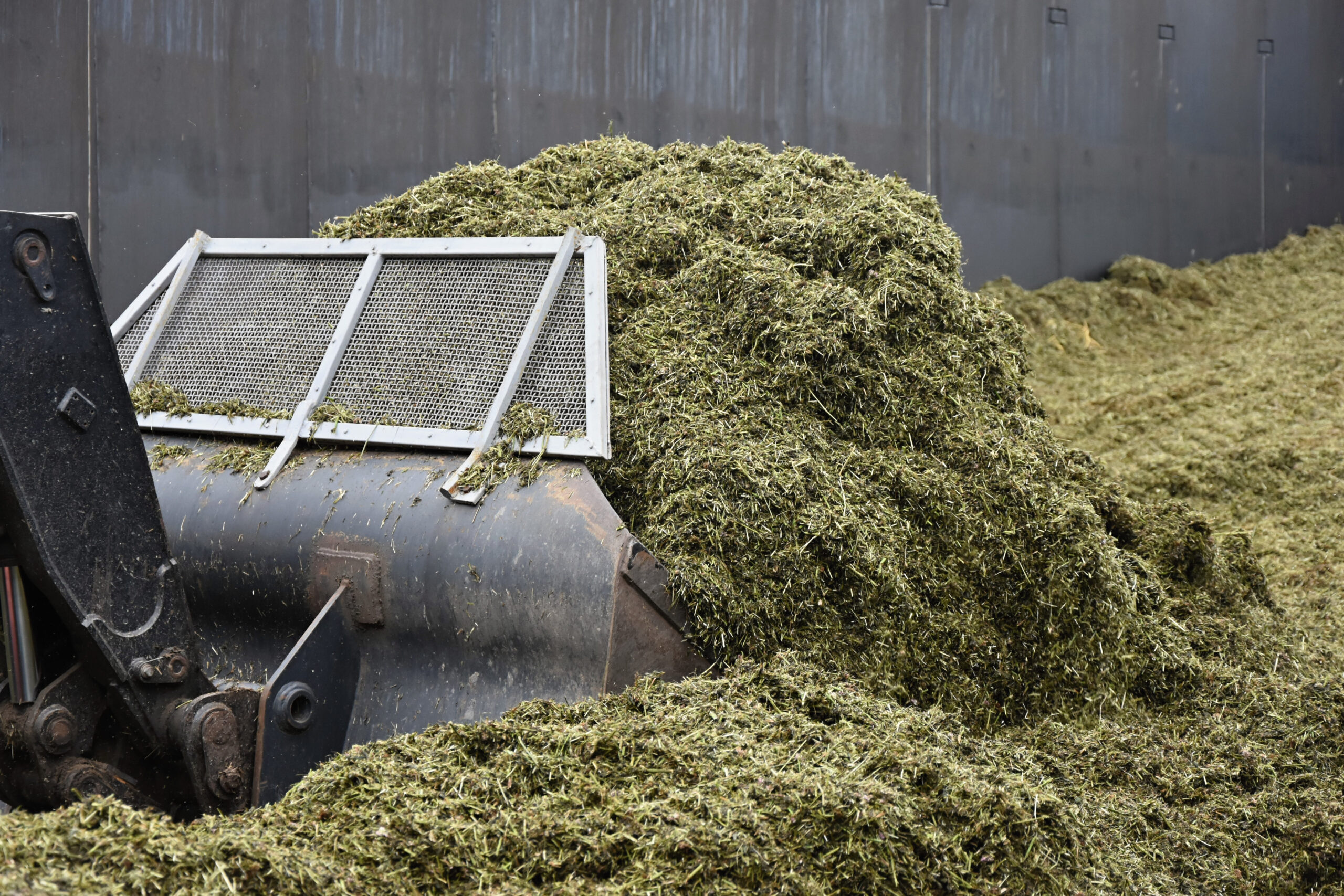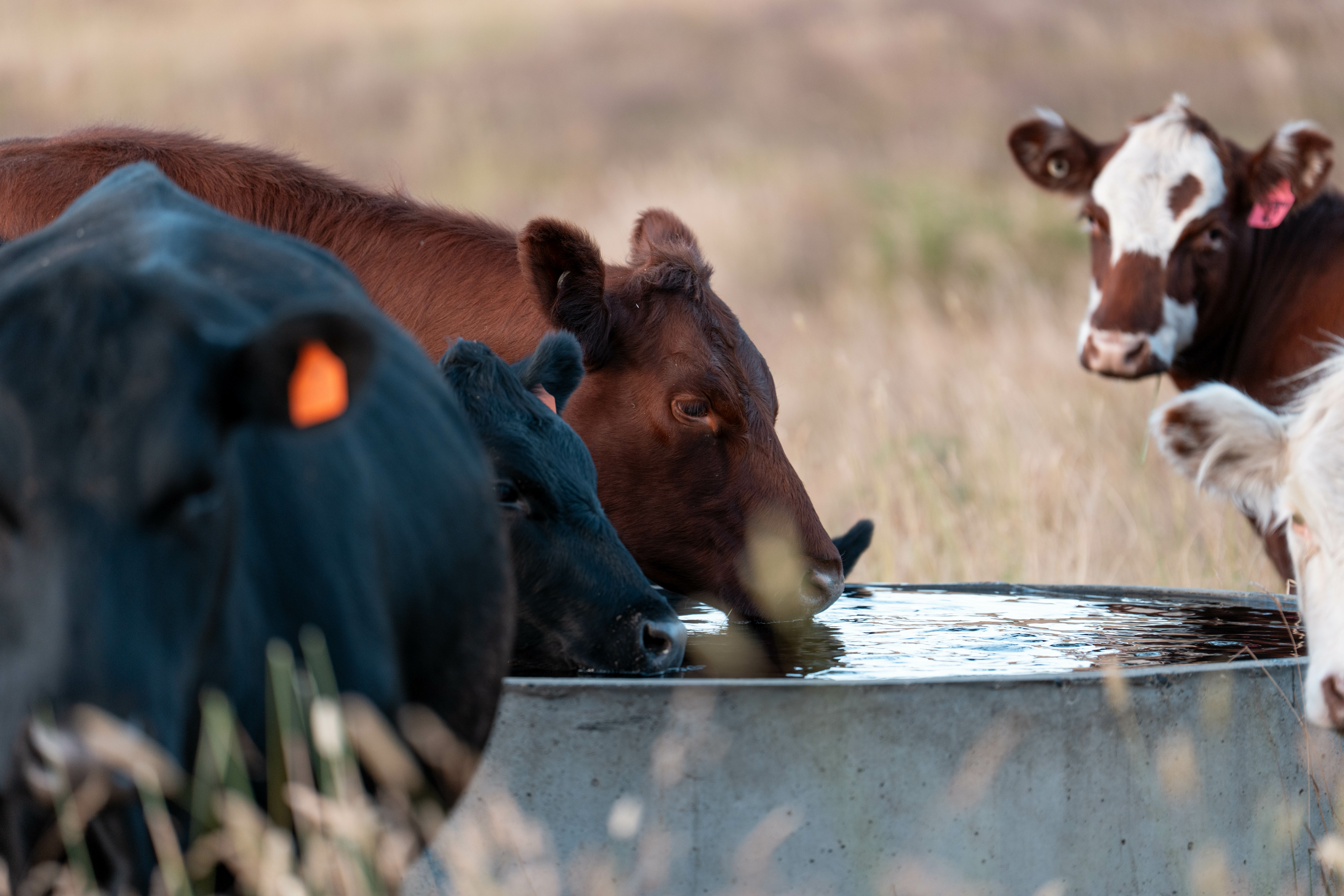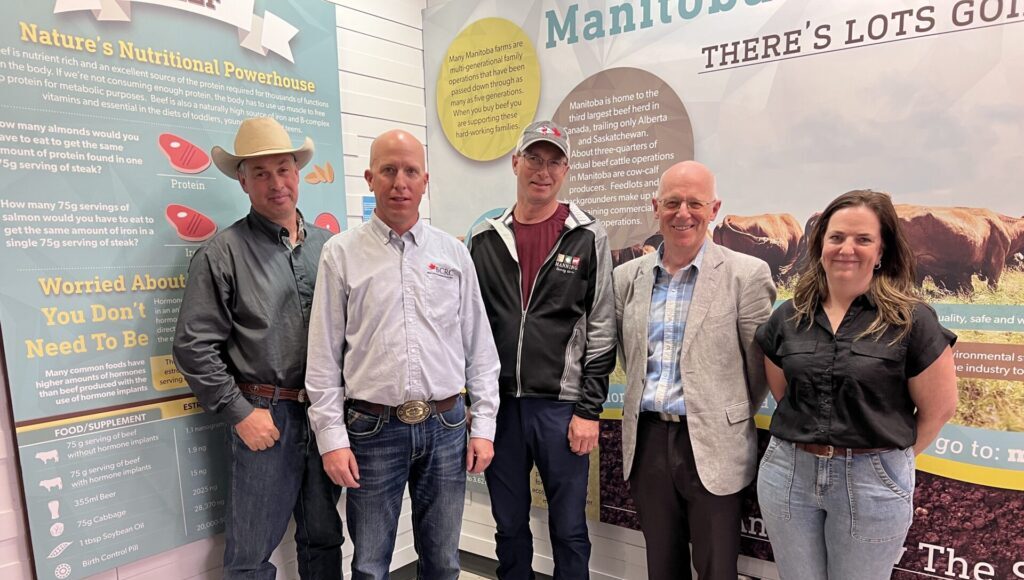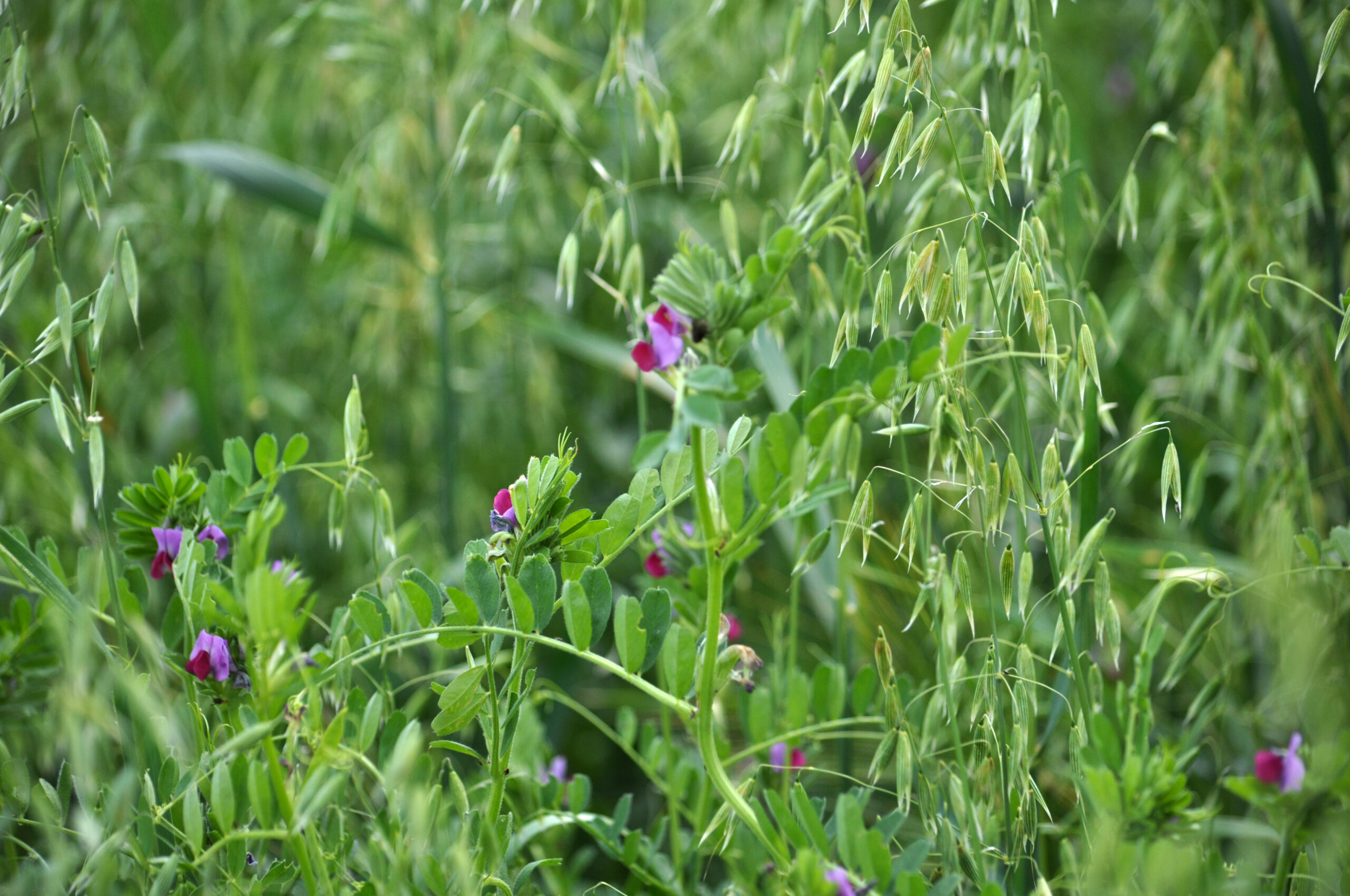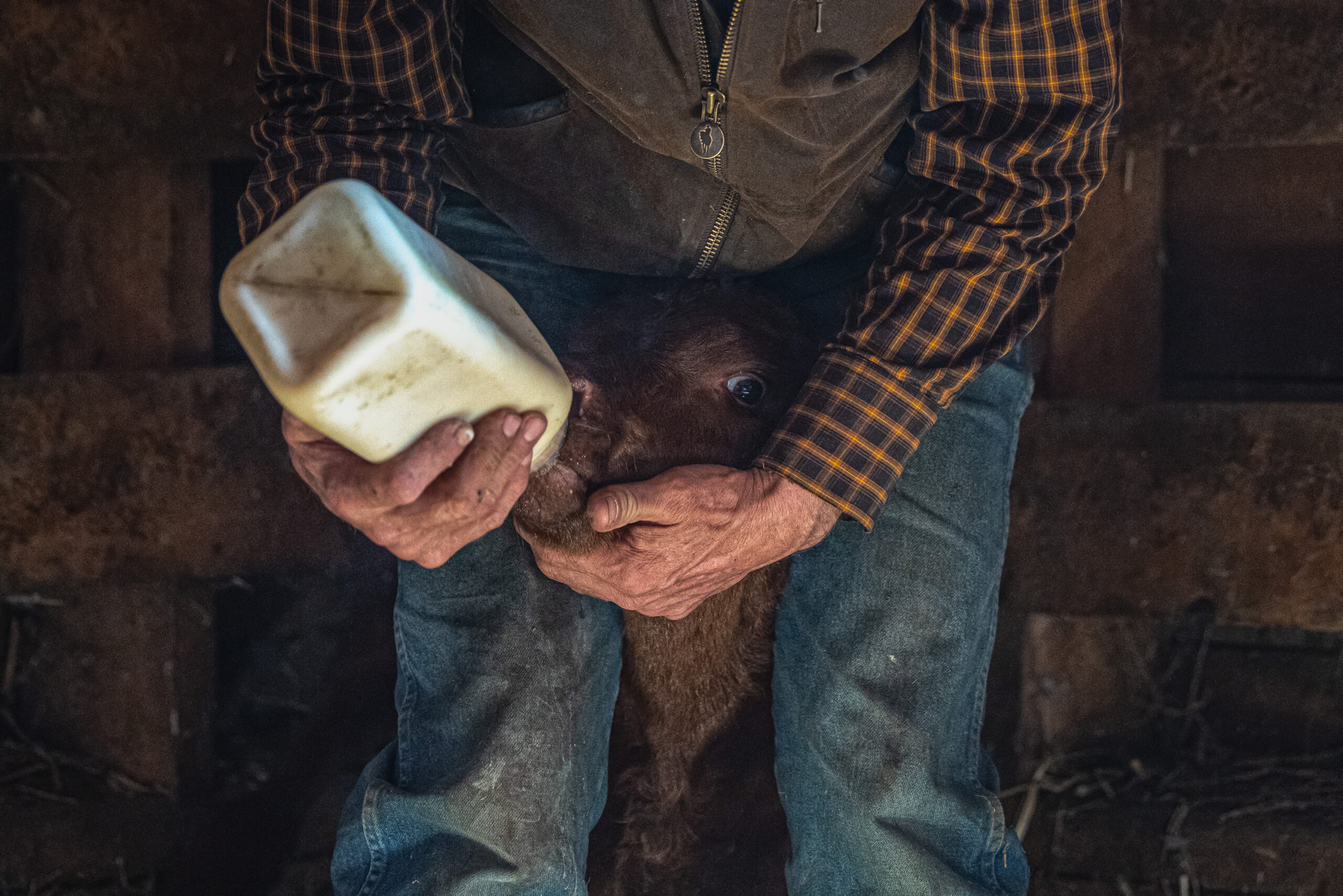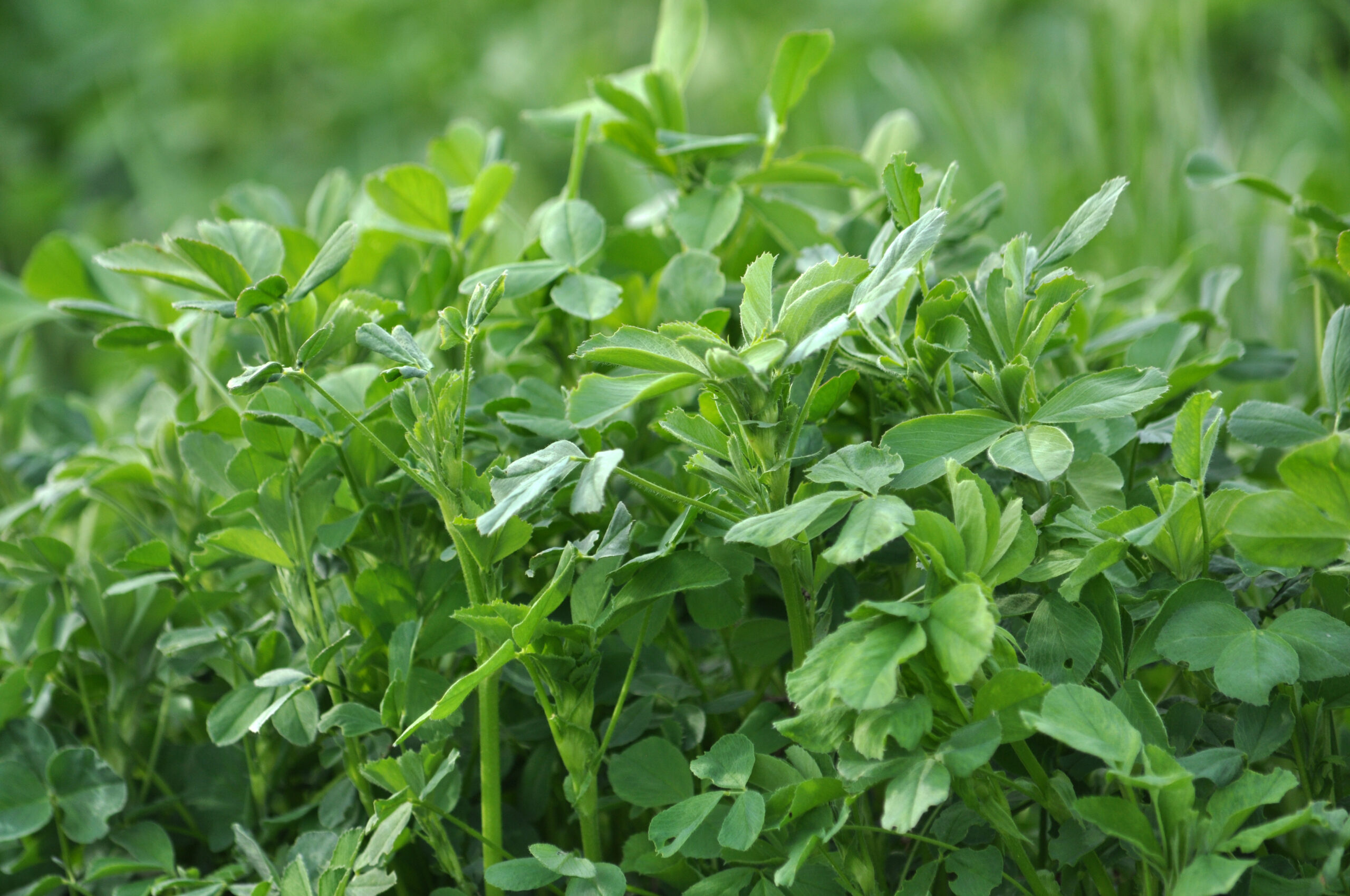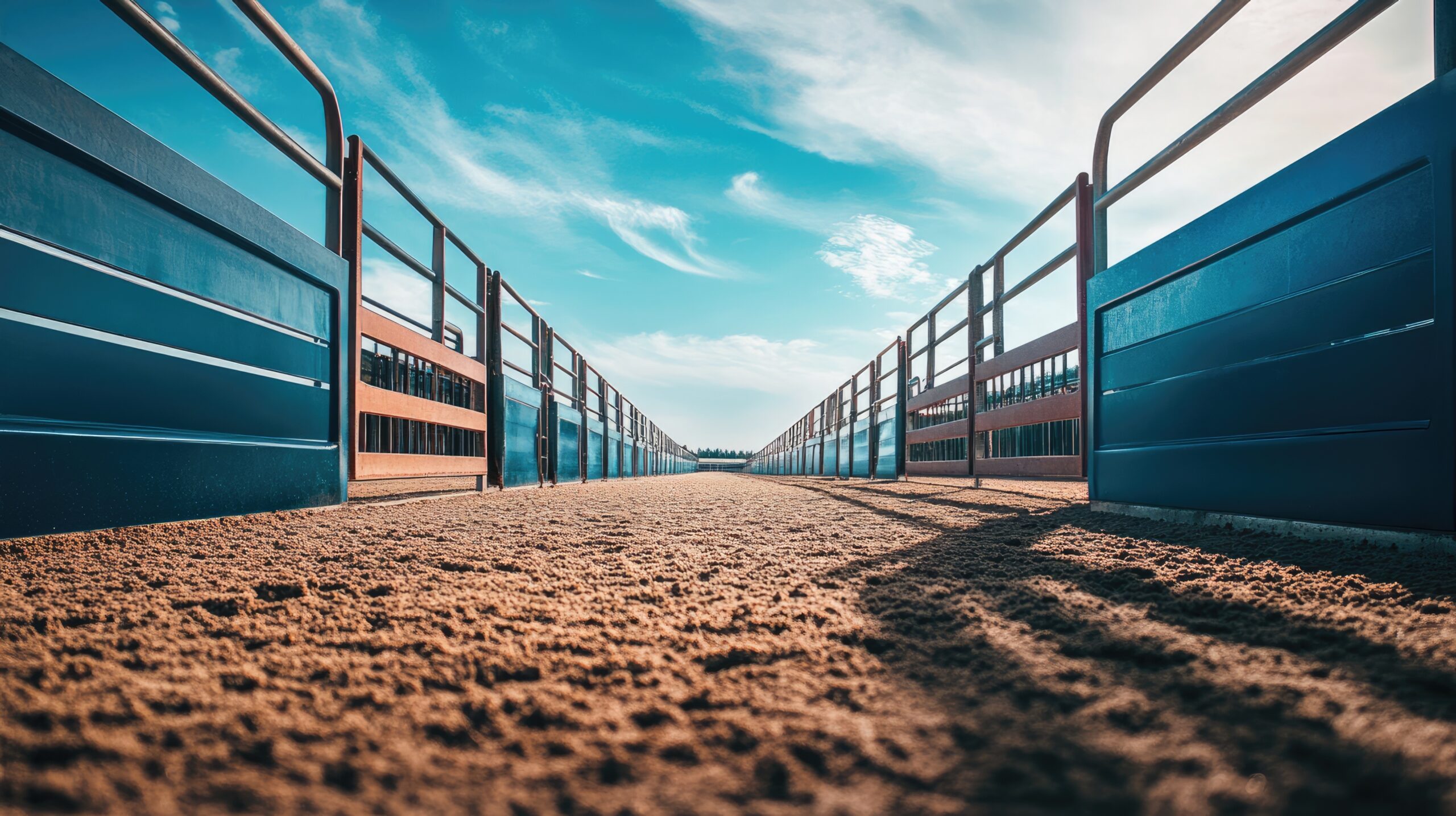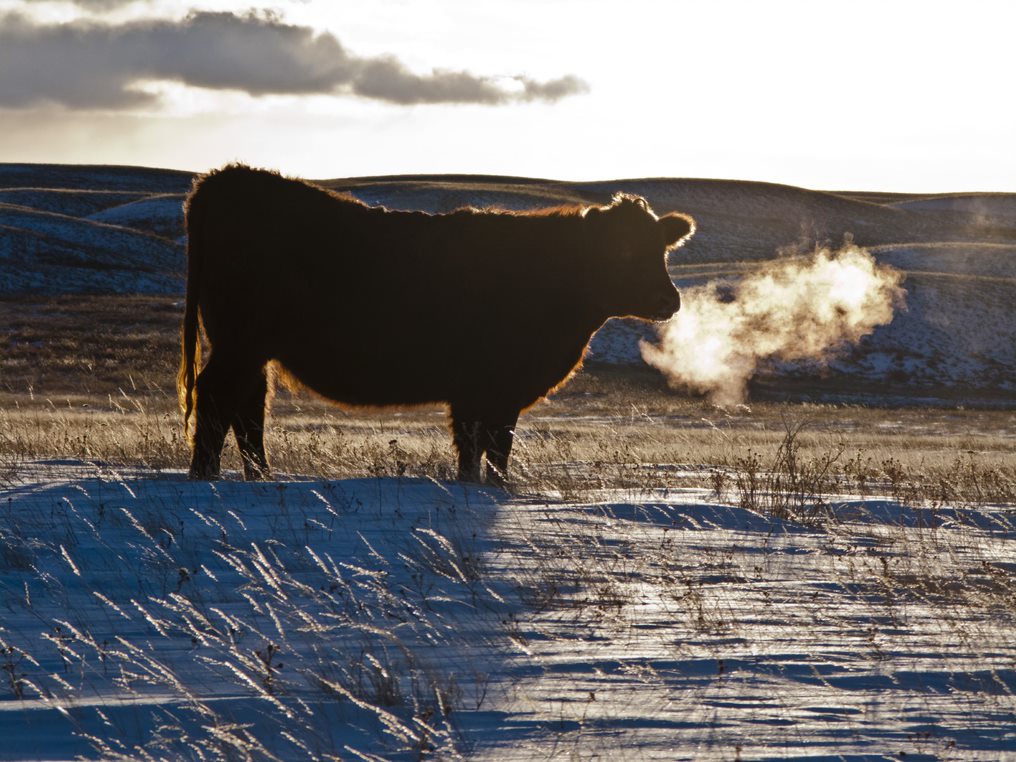AB Direct - Steers
Rail: 485.00-490.00 del
AB Direct - Heifers
Rail: 485.00-490.00 del
US Trade- Steers
Rail: 340.00-345.00 (IA, NE)
US Trade - Heifers
Rail: 340.00-345.00 (IA, NE)
Canadian Dollar
0.39
Choosing the right winter-feeding strategy
Winter-feeding remains one of the biggest expenses for Canadian cow-calf operations — and how it’s managed can make a major difference in herd health, feed efficiency, and overall profitability. The Beef Cattle Research Council (BCRC) recently shared practical guidance on choosing the right winter-feeding strategy, outlining the pros and cons of common systems and emphasizing the importance…
New data sheds light on changing face of cow-calf management in Canada
A new report from the Beef Cattle Research Council (BCRC) provides a comprehensive look at management practices and performance trends across Canadian cow-calf operations. The Canadian Cow-Calf Adoption Rates and Performance Levels Report is based on multiple survey sources and academic studies. It was developed for BCRC by Canfax Research Services. It tracks adoption trends…
Water systems calculator helps producers tap into savings
Good-quality water is one of the most critical – and often overlooked – factors in beef herd productivity. Research shows insufficient access can reduce performance faster and more dramatically than any other nutrient deficiency. A newly updated Economics of Water Systems Calculator from the Beef Cattle Research Council (BCRC) is designed to help producers evaluate the…
University of Manitoba establishes BCRC Chair in Beef Cattle Economic Sustainability
The University of Manitoba (UM), in collaboration with Manitoba Beef Producers, Manitoba Agriculture, and Manitoba Beef and Forage Initiatives, has announced the establishment of the BCRC Chair in Beef Cattle Economic Sustainability, thanks to a $1.5 million grant from the Beef Cattle Research Council (BCRC). Craig Lehr, BCRC chair and Alberta beef producer, emphasized the…
Shape the future of beef research in Canada
The Beef Cattle Research Council (BCRC) is calling on cattle producers and industry participants to share their insights on key issues affecting the sustainability and competitiveness of the Canadian beef industry. By participating in a brief 14-question survey, you can help steer the direction of research and knowledge mobilization efforts for the next five years….
Travel safe: Stop foot and mouth disease at the gate
As summer approaches, many Canadians begin planning vacations and welcoming visitors to their farms. With increased travel and farm traffic, everyone —both those working on and visiting farms— are part of keeping Canada free of foreign animal disease such as Foot and Mouth Disease (FMD). For beef cattle producers, travelling safe involves knowing key information before returning to…
Selecting replacement heifers: Boosting longevity and return on investment
Whether beef cattle producers retain females from within their own herd or purchase them, replacement heifers come at a cost and are an investment into the future herd. Selecting the right animals and proper management is necessary to meet on-farm goals and improve the longevity of heifers as future breeding cows. A recent analysis of 63 farms…
Polycrops: Challenges, triumphs, and valuable lessons from beef producers
This article was originally posted on the Beef Cattle Research Council’s website. Polycrop forage blends have become a popular tool among beef producers to increase soil health, manage grazing, improve cow performance and enhance resilience to changing weather conditions. However, as with any farming practice, the results can vary based on location, weather and management…
Tips for managing colostrum to ensure healthy newborn calves
This article was originally posted on the Beef Cattle Research Council’s website. Calves born unassisted and uncompromised will typically stand and nurse from their mothers within one to two hours after birth. However, calves that experience a difficult or prolonged birth, have a swollen tongue, experience hypothermia or are a twin may be less vigorous…
Growing forage crops — what does it cost?
This article was originally posted on the Beef Cattle Research Council’s website on January 30, 2025. Do you know the cost of producing the forage you feed? For beef cattle producers, optimizing forage crop production is essential for financial sustainability. However, estimating the costs associated with forage production can be challenging. The new BCRC Forage…
RDAR partners with ABP & BCRC to deliver $6 million to boost beef research and productivity
RDAR, a leader driver of results-driven agriculture research, Alberta Beef Producers (ABP), and the Beef Cattle Research Council (BCRC), are announcing that over $6 million has been committed to a series of projects that will advance beef research in Canada’s largest beef producing province. Funding in part has been provided by federal and provincial governments…
Bale feeding options: pros and cons of common strategies
This article was originally posted on the Beef Cattle Research Council’s website on November 1, 2021. Bale feeding is common across Canada for all classes of cattle especially during winter months. There are many different management strategies to deliver bales as feed. To help you determine the best option for you and your cattle, see…


